World’s Largest Nuclear Reactor Goes Online
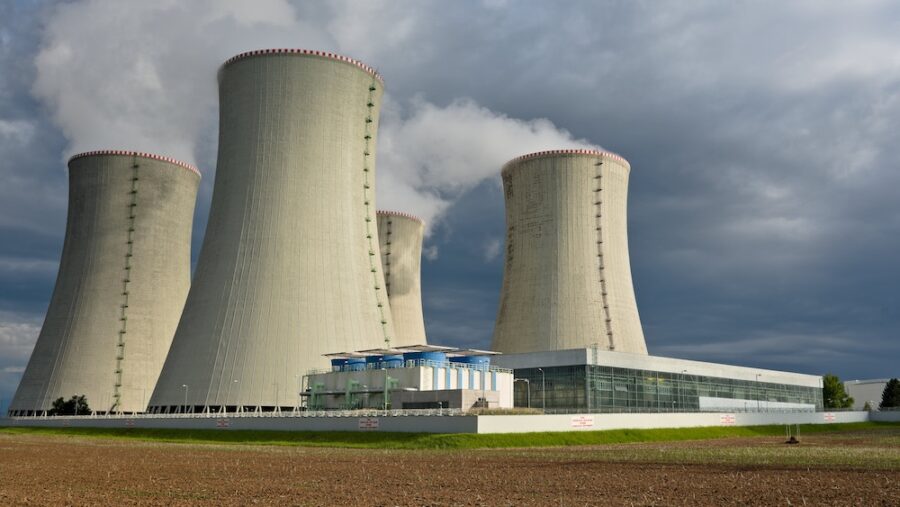
The world’s largest experimental nuclear fusion reactor, the JT-60SA, was inaugurated in Japan on December 1. This colossal machine, housed in a hangar north of Tokyo, marks a significant step in harnessing fusion as a safe, large-scale, and carbon-free net energy source – potentially answering humanity’s future energy needs.
Fusion Reactor
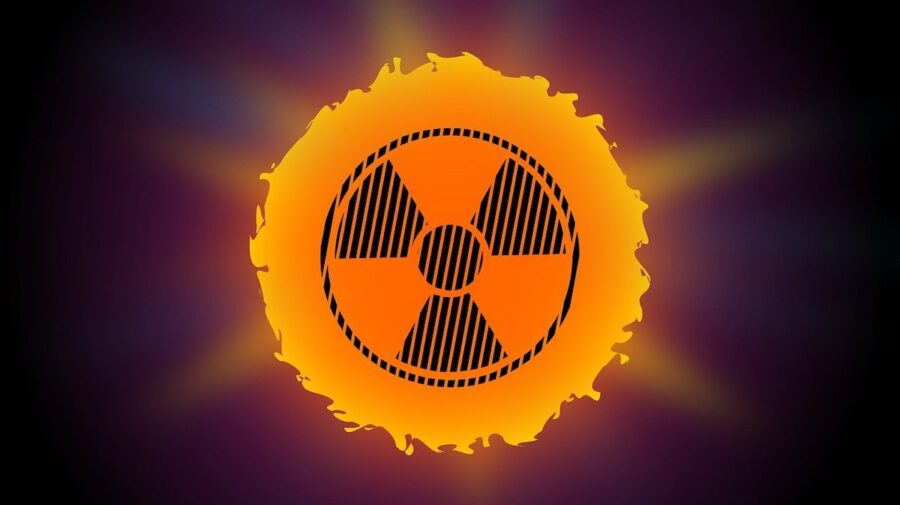
Unlike the fission process currently used in nuclear power plants, fusion involves merging two atomic nuclei rather than splitting one.
According to Science Alert, the JT-60SA nuclear reactor, a joint venture between the European Union and Japan, aims to explore the feasibility of fusion by generating more energy than is invested in production.
This six-storey-high machine boasts a donut-shaped “tokamak” vessel designed to contain swirling plasma heated to 360 million degrees Fahrenheit (200 million degrees Celsius).
The launch of the largest nuclear reactor is due to collaboration between more than 500 scientists, engineers, and over 70 companies from Europe and Japan.
Energy In The Form Of Light And Heat
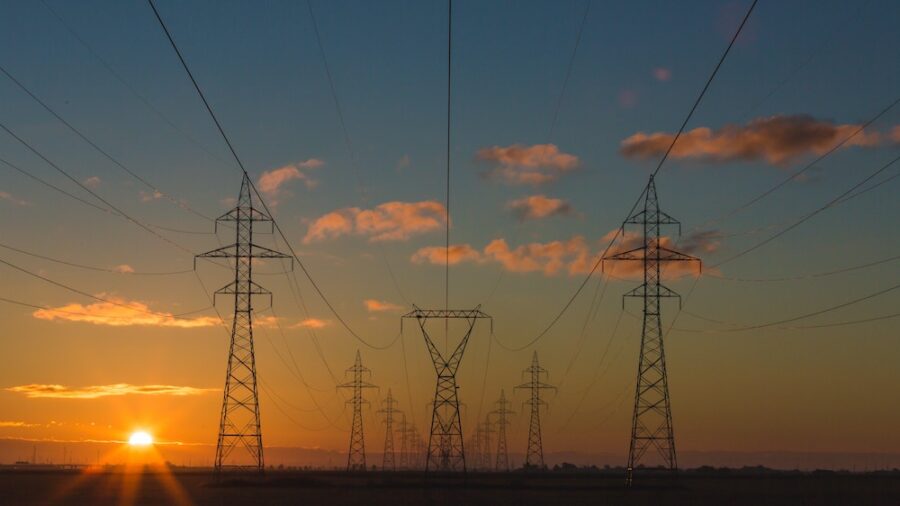
Sam Davis, deputy project leader for the JT-60SA, expressed optimism about the device, stating that it will “bring us closer to fusion energy.”
The nuclear reactor is a precursor to its larger counterpart in France, the International Thermonuclear Experimental Reactor (ITER).
Both projects aim to coax hydrogen nuclei to fuse into helium, thereby releasing energy in the form of light and heat.
Mirroring The Sun’s Fusion

This process mirrors the fusion within the Sun, offering a potentially limitless and clean energy source.
Despite the ambitious goals, the ITER project has faced challenges, including budget overruns, delays, and technical issues.
However, the JT-60SA nuclear reactor’s successful initiation signifies a crucial milestone in fusion history.
EU energy commissioner Kadri Simson hailed the JT-60SA as “the most advanced tokamak in the world” and emphasized the potential role its largest nuclear reactor has in the global energy mix.
“Fusion has the potential to become a key component for the energy mix in the second half of this century,” Simson explained.
Less Radioactive Waste
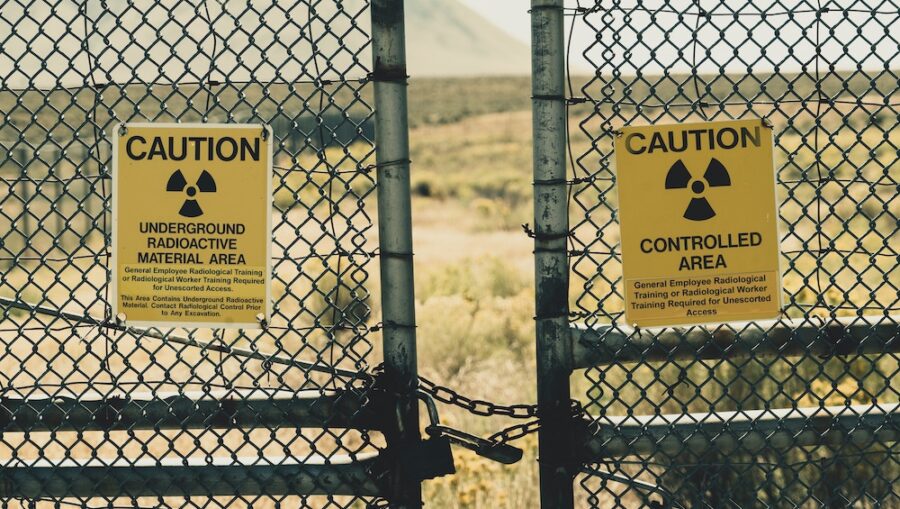
The concept of net energy gain in nuclear fusion was achieved in December 2022 at the National Ignition Facility at Lawrence Livermore National Laboratory in the United States.
Using a method called inertial confinement fusion, the facility directed high-energy lasers into a thimble-sized cylinder containing hydrogen and was celebrated as a landmark moment.
Additionally, fusion presents from the largest nuclear reactor has advantages over fission, with no risk of catastrophic nuclear accidents akin to the Fukushima disaster in 2011.
Moreover, fusion generates significantly less radioactive waste than current nuclear power plants, aligning with the global push towards sustainable and environmentally friendly energy solutions.
Atomic Radiation
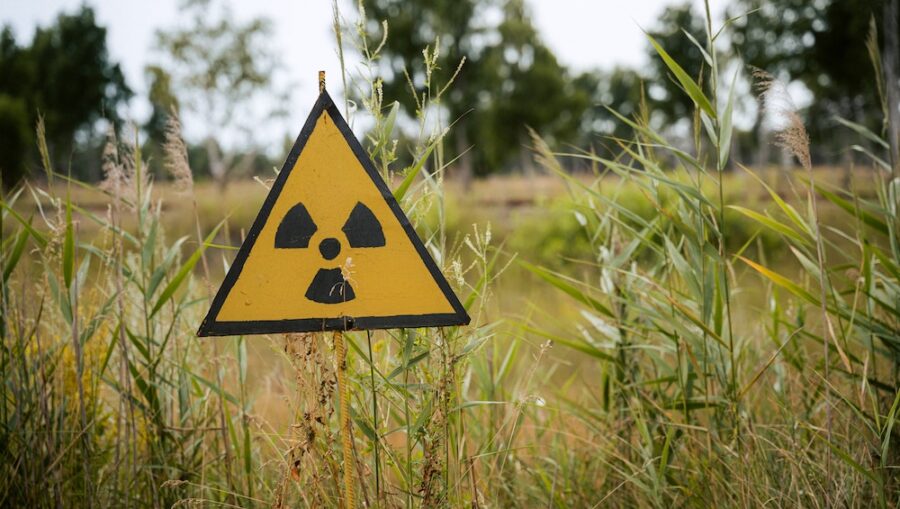
The history of the largest nuclear reactors dates back to atomic radiation, atomic change, and nuclear fission from 1895 to 1945.
The first nuclear reactors were built during the Manhattan Project to produce uranium and plutonium for the atomic bombs.
The first nuclear reactor to produce electricity was the Experimental Breeder Reactor I (EBR-I) in the US, which started in December 1951.
Less Reliant On Carbon-Emitting Fossil Fuels

In 1957, the Shippingport reactor in Pennsylvania became the first and largest commercial electricity-generating plant powered by nuclear reactor energy.
President Eisenhower’s “Atoms for Peace” program in 1953 reoriented significant research efforts towards electricity generation and set the course for civil nuclear energy development in the USA.
Since then, nuclear reactors have been used for electricity generation, nuclear marine propulsion, and the production of isotopes for medical and industrial use.
As the world looks towards a future less reliant on carbon-emitting fossil fuels, JT-60SA represents a significant stride in advancing fusion technology. It also brings humanity closer to unlocking the potential of limitless, clean energy.












